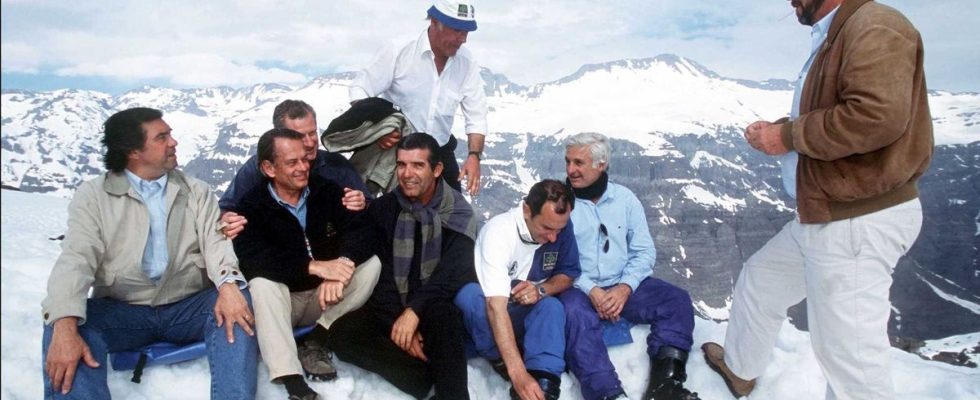Published on
Updated
Reading 3 min.
in collaboration with
Dr Gérald Kierzek (Medical Director)
On Netflix, the film Circle of Snow retraces the ordeal experienced by the survivors of a plane crash in the Andes in 1972. But how does the body put itself into survival mode? We asked the question to Dr. Gérald Kierzek, emergency physician and medical director of Doctissimo.
Directed by Juan Antonio Bayona, “The Snow Circle,” which has been a hit on Netflix since January 4, traces the astonishing journey and resilience of a rugby team whose plane crashed in the Andes in 1972. With a shocking detail: to survive in extreme conditions, the 16 survivors (out of 45 passengers) had to resign themselves to practicing cannibalism on the deceased passengers. A decision that could have saved them. But how does the human body experience its extreme conditions?
How long can you survive without eating or drinking?
More than the absence of food (in 1972, the survivors were not rescued for two long months), it is above all the absence of water which can kill quickly. “In fact, it is said that we cannot survive more than 3 minutes without oxygen, 3 days without water, and 30 days without food” explains the emergency doctor. The body will therefore survive several weeks without food. On the other hand, the absence of water is the first danger and the first source to find.
In the absence of water, the body reacts quite quickly and dramatically. “Without water, firstly, the person no longer urinates, kidneys stop working. The organism will then draw from the body, which is made up of 70% water. But the cells will become dehydrated and the first signs of dehydration be felt: dry mouth, rough tongue, blood that thickens, blood pressure drops. Without the opportunity to rehydrate, this can lead to loss of minerals and nutrients, headaches, cramps, loss of consciousness, coma and death.
Without food, the body goes into survival mode
Without food, the body can survive 30 days without eating. It degrades, but more slowly “After 2 weeks, once the body has drawn on all its reserves, it begins to operate economically. That is to say, we observe a slowdown in metabolic and muscular activity, a slowdown in heart rate, and a drop in blood pressure.”
The last step is proteins, which the body will draw on. “However, when your body exhausts 50% of the proteins from muscles and fats, death is almost certain, you have no energy, you can no longer move.” specifies our expert.
On the other hand, this economical mode can continue, if you can hydrate yourself with snow, and eat what is available such as berries.
Can the cold also kill?
Since the plane crash was in the middle of the mountains, under the snow, we can also ask ourselves the question of the cold. But for the doctor, it really takes a very extreme environment to incur a mortal risk. “Dehydration is much more problematic” ihe insists.
On Allocinatedanother emergency doctor Waël Houhou, co-founder of the site Soins Rando Survie also explains that it is not really the low temperature which risks killing you, but rather its effects on the body which can accelerate its deterioration. “In a framework of‘hypothermia, the body must remain at room temperature. This is where the thrills come. Shivering is involuntary, repeated muscle contractions that require a lot of calories. Shivering will deplete our energy reserves so we will degrade our cells, our proteins to maintain the shivers (…) When the body is below 28 degrees. Between 32 and 28 degrees, we no longer have the necessary energy and connections with the muscles so we stop shivering. Below 28 degrees, it’s cardiac arrest“.
Lack of water, lack of food and cold temperatures, three conditions that the survivors braved and which they recount in this film, which is still on the program.
